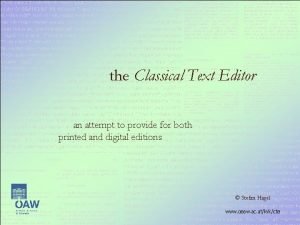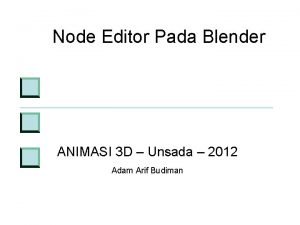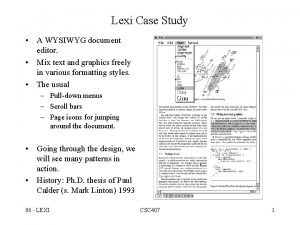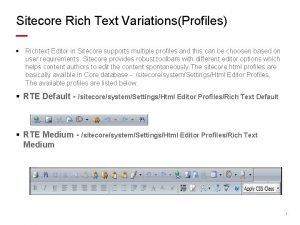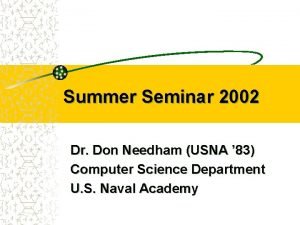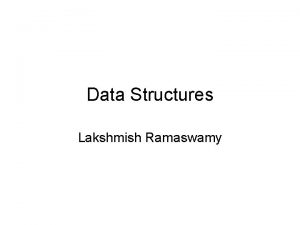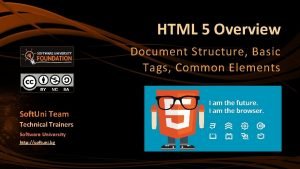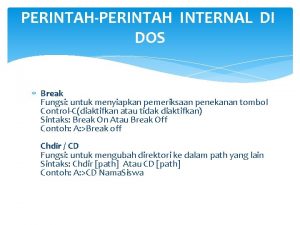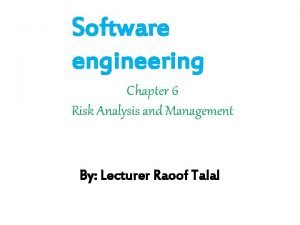the Classical Text Editor an attempt to provide









- Slides: 9

the Classical Text Editor an attempt to provide for both printed and digital editions © Stefan Hagel www. oeaw. ac. at/kvk/cte

clarification P. Robinson (2005) about tools for print editions: “Others are based on extensions of the Microsoft Word family of software: e. g. Imprimatur and the Classical Text Editor (CTE)” The CTE is • not based on MS Word • not devoted exclusively to print editions But…

the CTE digital impact factor • over 500 licenses in about 250 projects • 4 are individual licenses for electronic editions → Less than 1% digital editors? → No institutional interest? the reverse effect • Little feedback about the digital export → Less programming effort dedicated to digital output

the goal “ Our goal must be to ensure that any scholar able to make an edition in one medium should be able to make an edition in the other. ” (P. Robinson) The CTE tries to implement the inclusive interpretation of this sentence.

software requirements • • The aspect of output quality – The editor’s concentration must be devoted to scholarly questions – Changes must be easily made at any stage The digitalisation aspect – Editors must not be discouraged – The print edition may be crucial, if only for bureaucratic reasons → Creating a digital edition should be an additional option → Requirements: – Only one tool – Print and digital output – No code writing – Acceptable results with minimal technical expertise, but – Extensibility for advancing users

the CTE data flow model Manual Input Text / Unicode Text Clipboard Rich Text Format Macro preprocessing CTE <XML> <TEI> XSLT PDF <HTML> <XML> <HTML> …

the strategy Luring the traditional editor into publishing also an electronic version the sacrifice “Fundamental to the model of electronic scholarly edition as it has developed over the past decade is the inclusion of full transcripts of all witnesses to the text. ” (P. Robinson) But: scholars who don’t set out for a digital edition from the start don’t care about a machine-readable critical apparatus. Advantage: the electronic edition will contain a human-readable apparatus.

examples please find the examples on the CD • Unchanged XML/TEI output from CTE files (without additional tagging) • Formatted merely by CSS and Java. Script → easily re-useable templates 1. [view with standard browser] optimized for MS Internet Explorer • <hi> formatting done programmatically • Notes and margins can be turned off and on 2. optimized for Opera 8 [view with standard browser] • „Dynamic“ CSS formatting: notes by mouse action / margins Opera 9 [view with standard browser] • Synchronization of several versions works around the Opera 9 • Location search CSS overflow: visible bug

conclusion: possible environments Technical expert scholar – low-level tools – creative solutions – needs time for programming Average scholar – all-in-one tool – ready-made templates – concentrates on texts • • the typical CTE user would perhaps use a program like the CTE for large texts, to modify the output by stylesheet languages or programmatically Working group • scholars prepare their contributions with a highlevel tool like the CTE • technical expert collects and prepares for publication
